It hasn't worked out so swell for the industry lobbyists and their environmental NGO pets this time around either. Although no corridors have officially been designated yet, transmission developers are running away from NIETCs as fast as they can.
In 2021, policy wonks thrilled with their new control of Big Government were looking for a way to shut down fossil fuels once and for all. One of the wonky ideas to prop up 100% use of wind and solar was to build a whole bunch of new transmission lines to connect projects in remote locations to big cities and to also connect the projects to each other. They thought they could ride out the performance problems of intermittent renewables if they could send more power around on new wires. That's pure fantasy, but that didn't stop them from coming up with some really horrible ideas meant to get a whole bunch of new transmission built in record time. One such terrible idea was to dust off the NIETCs and add a provision that allows the federal government to override a transmission denial by a state utility commission.
Once the policy wonks had their federal pre-emption set up through the Infrastructure Investment and Jobs Act, the U.S. Department of Energy set to work devising a "guidance" for the process of designating NIETCs. DOE really should have done a rulemaking, but that would have required them to actually follow rules, not make them up as they went along.
One of DOE's great ideas was to let profit-seeking utilities decide where they needed new transmission lines and request narrow NIETCs for them. Harsh criticism through public comment caused DOE to simply hide its gift to the industry by pretending that any "interested party" could suggest where a corridor was needed and then DOE could designate the desired corridor. The only difference was that the suggestions for corridors were no longer limited to transmission developers, however who would want or request a corridor except a developer that was going to make money from building a transmission project? Greed of corporations has no correlation at all with where transmission is needed and where corridors should be designated. If DOE had actually followed the statute, it would have come up with preliminary corridor designations on its own based on the results of its transmission needs study, and then those corridors were supposed to encourage transmission developers to propose projects where DOE said they were needed. Instead, DOE has allowed developers to decide where transmission is needed, and surprise, surprise, it totally aligns with where they want to build profitable transmission. Need has been shut out.
So, DOE began its four "phase" process by opening itself up for suggestions for new corridors. Many transmission developers who had been struggling to build unneeded projects for years, along with transmission developers who were looking at building new projects at such an opportune moment, submitted their project ideas to the DOE to be regurgitated as proposed NIETCs.
And so began DOE's Phase 2, where DOE released the preliminary corridor ideas it had received from greedy developers, but stopped short of doing any notification of the hundreds of millions of people located in the 10 proposed NIETCs. DOE also limited its involvement with the press, preferring to only provide information to trade press with the hope that those impacted people wouldn't find out about it until it was too late to comment and become an interested party with rights to challenge any subsequent designation.
It kinda worked. Only a few people submitted comments. Despite grassroots information sharing, many people simply couldn't believe such an audacious plan to conscript 100 million acres of land, or just could not be reached in time for DOE's artificially shortened 45-day comment period (which many persons had asked to be extended).
However, DOE and it's little wonky friends made two extremely critical errors in the rollout of NIETCs.
First, DOE created an information vacuum. Although I tried to get accurate information to people (because the truth is horrible enough by itself) nature abhors a vacuum. People began creating their own narrative around NIETCs to fill in the blank spaces that the DOE chose to create by not engaging in public notification. He who creates the narrative controls it. Many people did not understand that a NIETC is a land use designation, and not a transmission line project. Many people cannot understand the varying widths of NIETCs and how they correlate with corridors requested from the DOE by transmission developers. Misinformation filled the void, with many believing that the federal government is engaged in a land grab to create toxic energy zones miles wide across rural America. Congratulations, DOE, you did this! Purposeful lack of information has released the tin foil hat narrative genie from his bottle, and he's never going back in. People have created such a fearful narrative based on distrust of the federal government that there's no way to change it now.
The NIETC horror is slowly spreading through the Midwest and West, with Oklahoma currently on fire and holding public meetings. A couple months ago, it was Kansas, and before that it was Missouri. These ultra wide corridors without any reason for their width and without any detailed maps has created a huge wave of fearful, suspicious and pissed off people. This leads to...
Second, DOE's NIETCs are actually harming transmission project proposals, not helping them. Those NIETCs that the developers thought they wanted last year are now an albatross they can't get rid of. Because the corridors are so much wider than the actual transmission project and because of the government involvement, they are creating much more opposition than a quiet transmission project could have ever created on its own. Isn't that right Invenergy? NextEra? Both of you were trying to build your own little undercover transmission projects across Oklahoma and had been doing so for several years. Both had been having some measure of success acquiring easements and neither project had yet attracted much citizen opposition. Well, the NIETCs blew the doors off that. Now the transmission projects are facing a huge wave of staunch opposition that's going to make it nearly impossible to complete the project because Oklahoma law doesn't really give eminent domain authority to merchant transmission.
Because of the blowback, transmission developers are actually running away from the NIETCs as fast as possible and trying to claim they have nothing to do with them.
Invenergy is aware of some confusion between its Cimarron Link project and the Department of Energy’s National Interest Electric Transmission Corridor program. However, Invenergy has communicated to DOE that the NIETC designation is unnecessary and is not a priority for its Cimarron Link project.
That's right... Congressional representatives are gearing up to thwart NIETCs. Nobody thinks these corridors are a good idea, not even the developers that thought they wanted them in the first place. NIETCs are making it more difficult to build new transmission because they are creating a larger pool of opposition and those opponents control the narrative because DOE failed to provide any public information, creating an information vacuum.
Those people at the DOE who are running the NIETC program ought to be fired. They have thoroughly mismanaged it and made it not only useless, but something to be actively shunned. That's okay though... I'm pretty sure those folks will soon be in the unemployment line come January. I hope they've managed to give away enough of your tax money to "clean energy" think tanks and NGOs to secure new employment where they can wait out the next 4 years.
We were promised that DOE would be beginning Phase 3 of its NIETC designation process "Fall 2024." Fall's over. Nothing yet. We were also told that DOE would be releasing its updated list of proposed NIETCs and detailed maps "in November, after the election." That also didn't happen.
And what about NIETCs when there's nobody left in Washington to run the program? Most likely not happening, at least not for the next 4 years. But unless Congress cleans that mess up, it's like a deadly seed just waiting to be watered to spring back to life under a future administration.


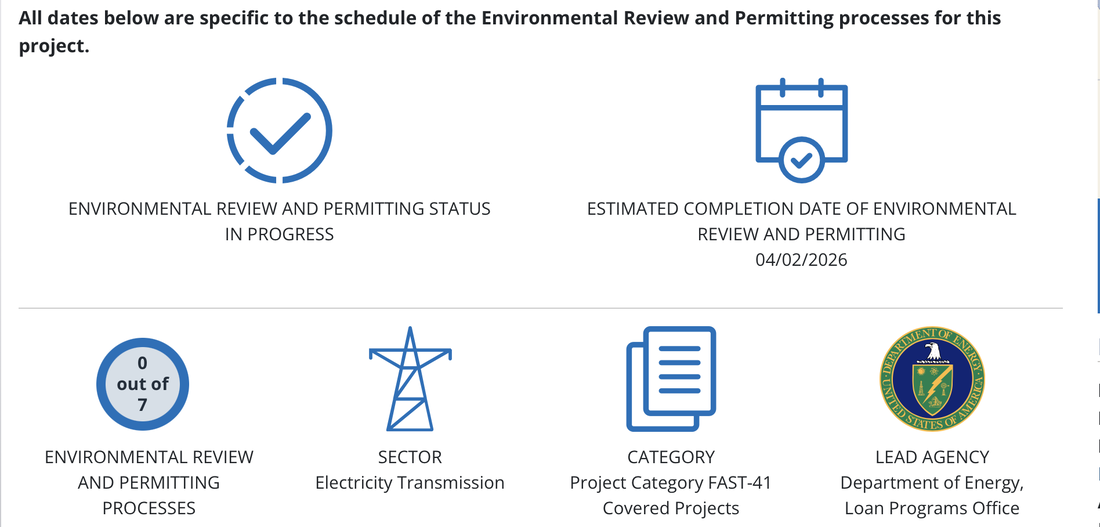
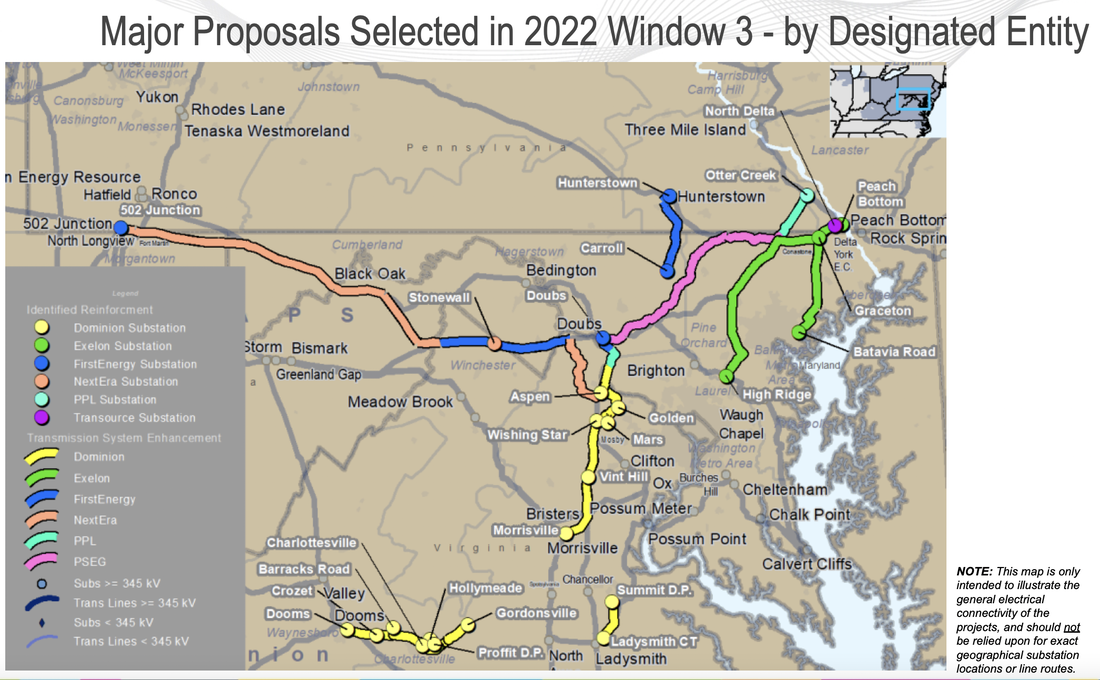

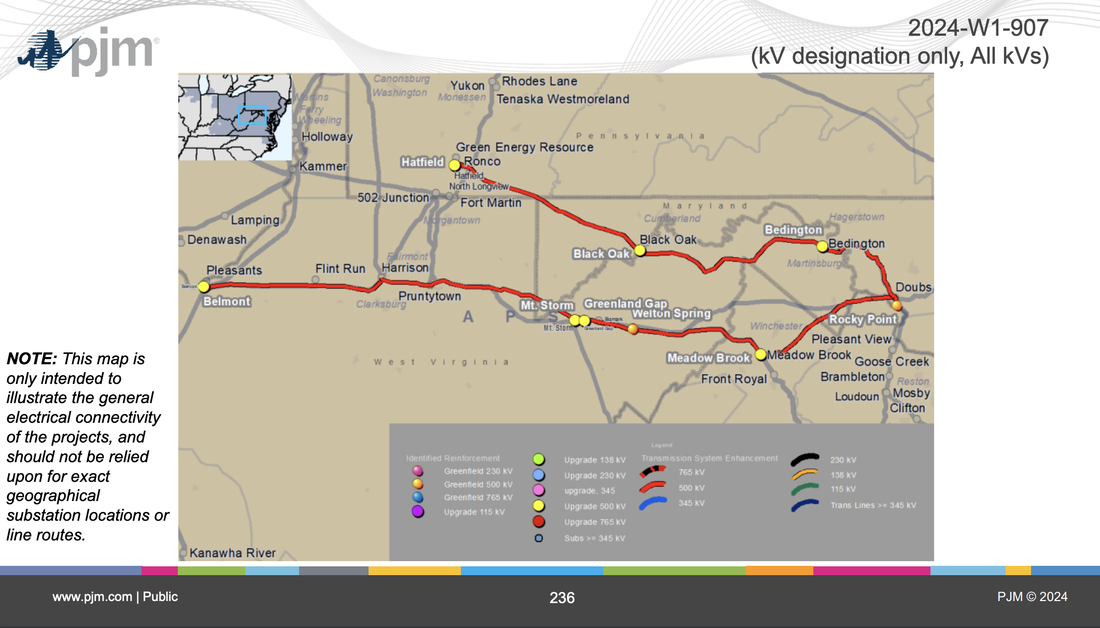
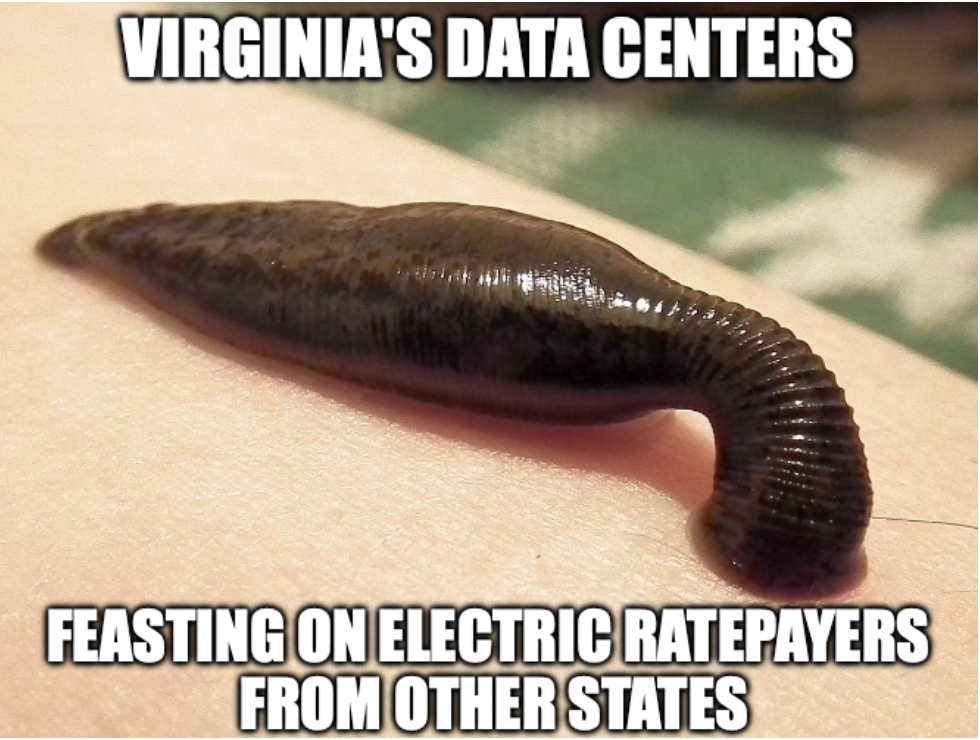
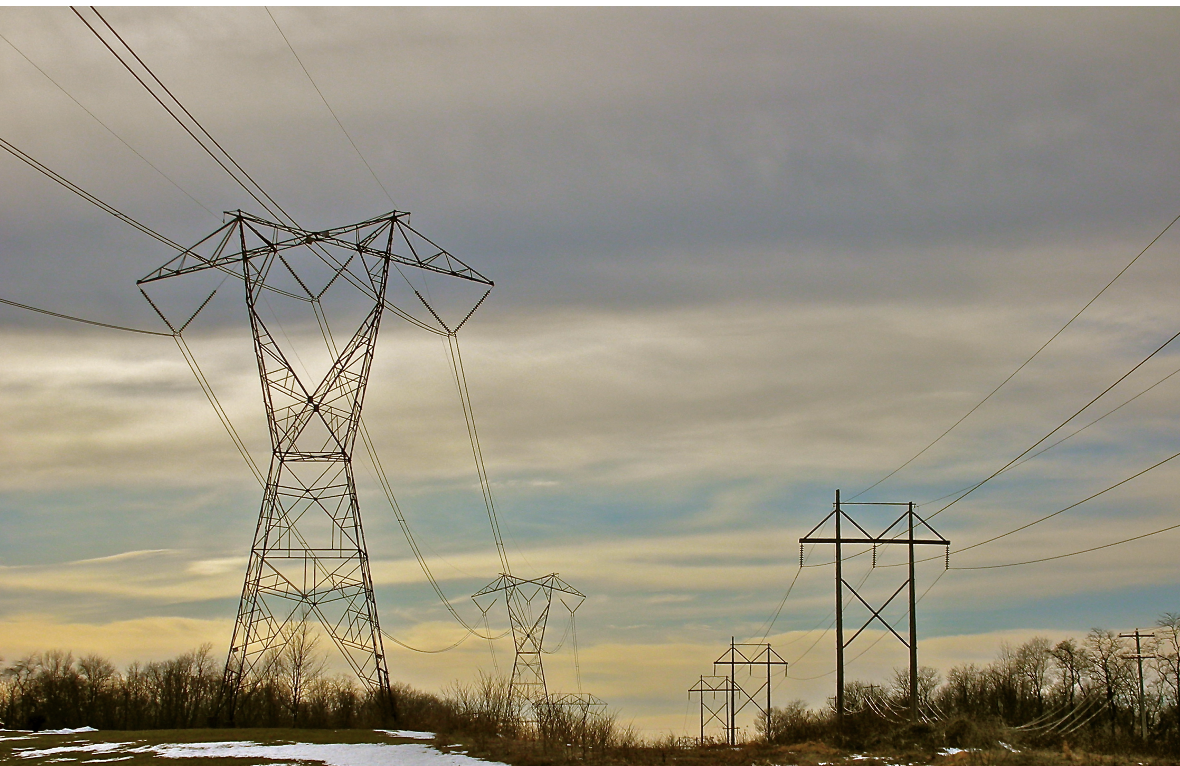

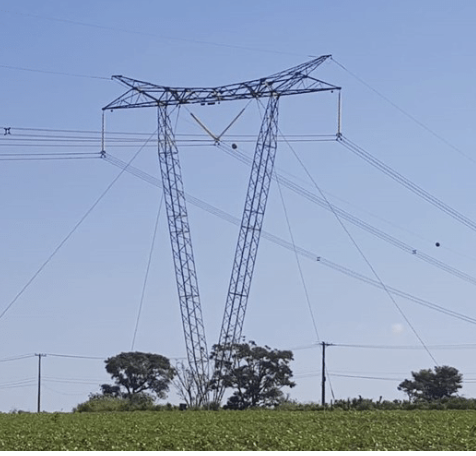
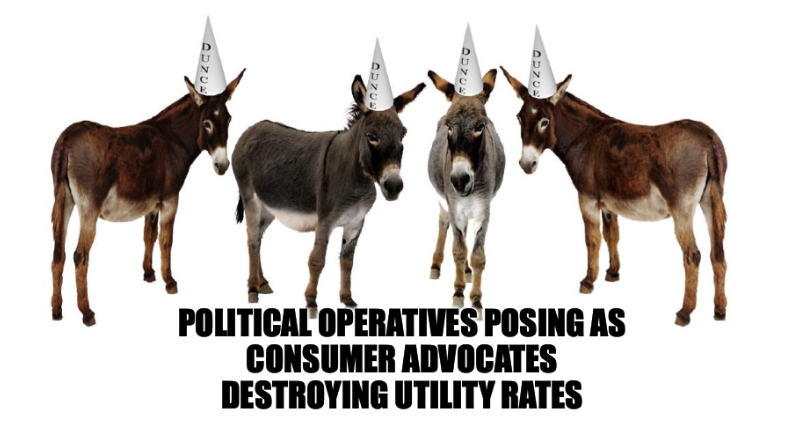
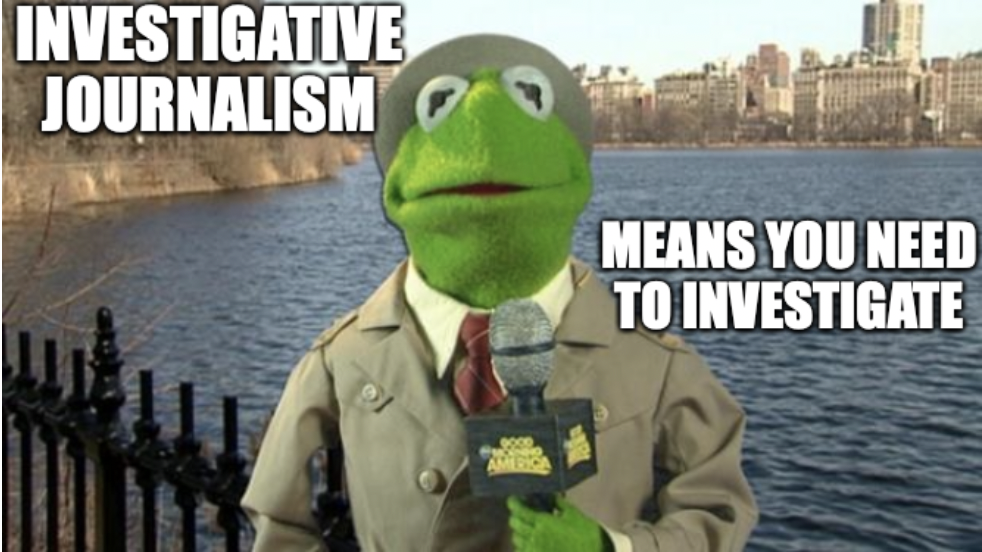
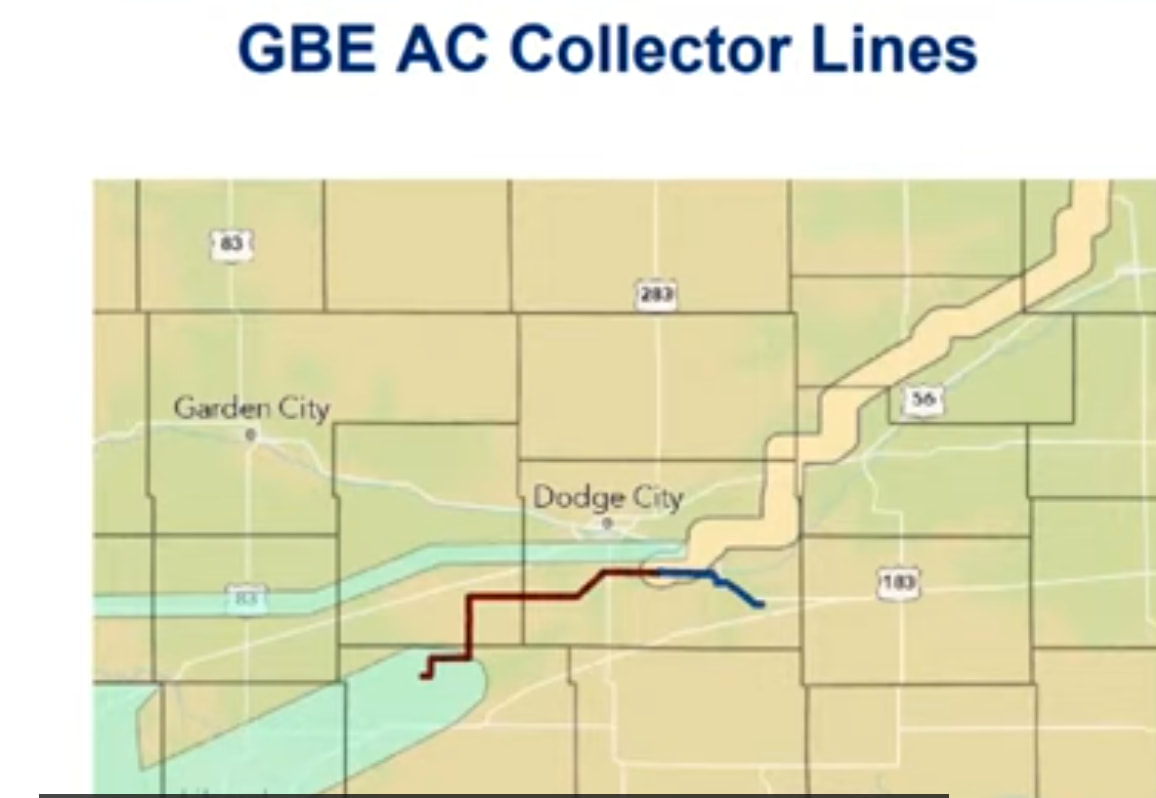
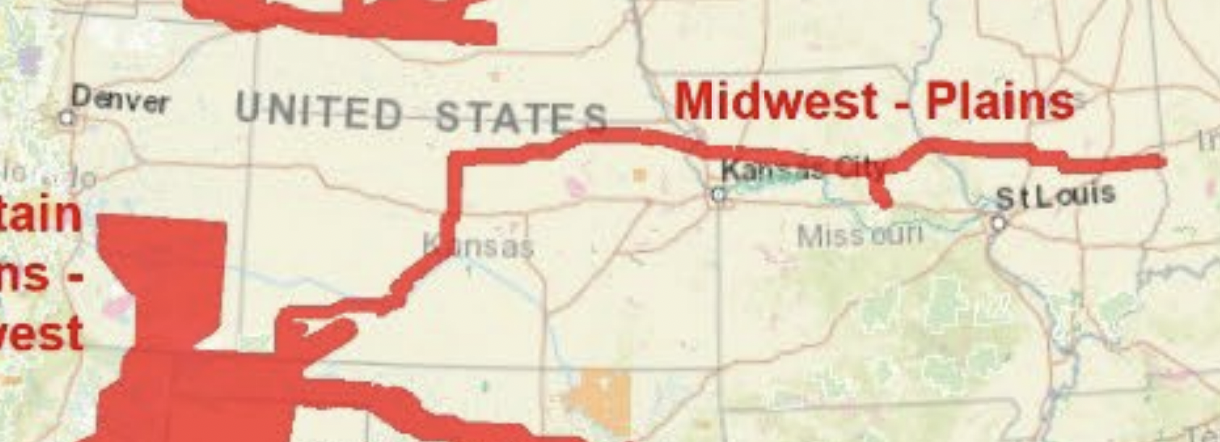
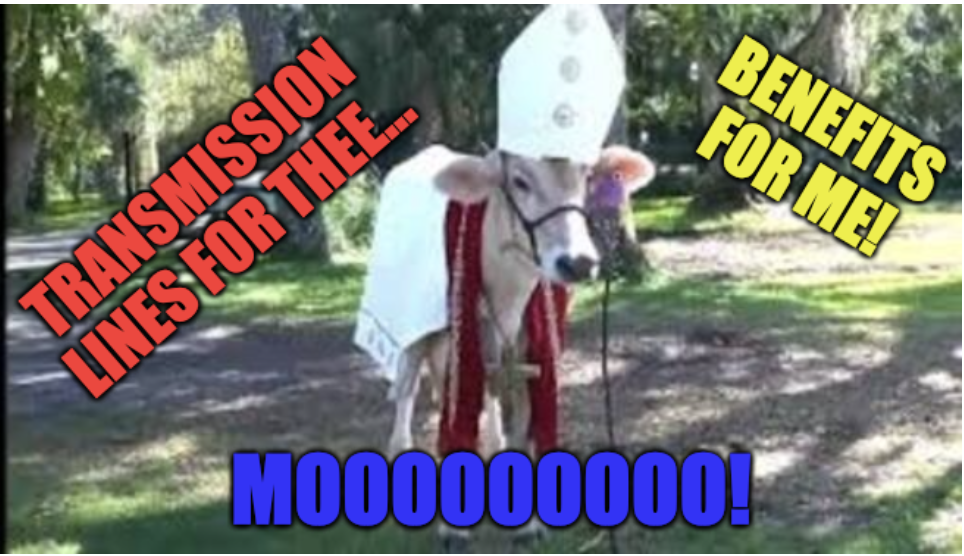


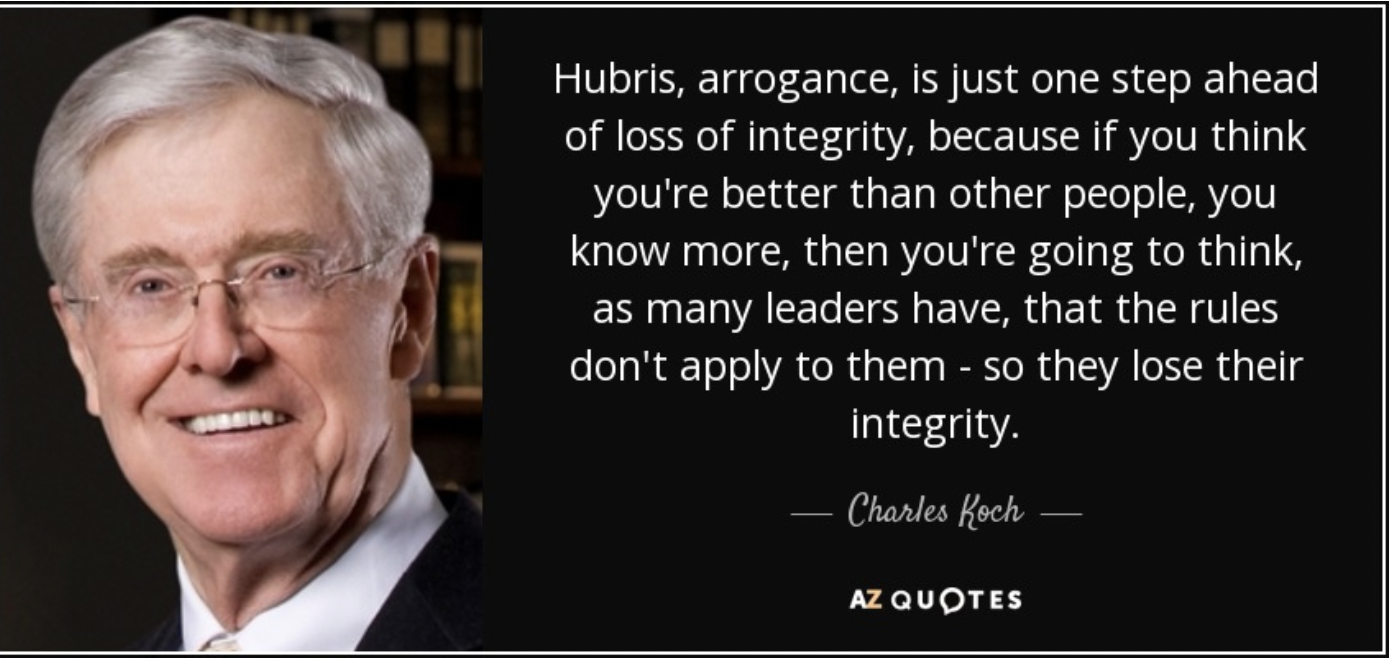
 RSS Feed
RSS Feed